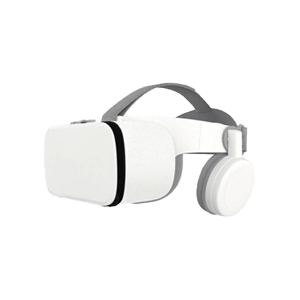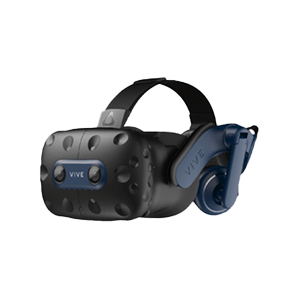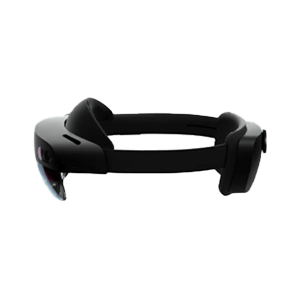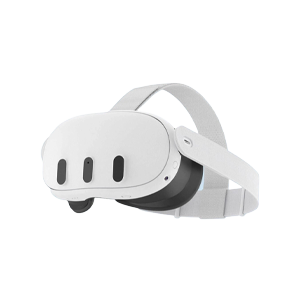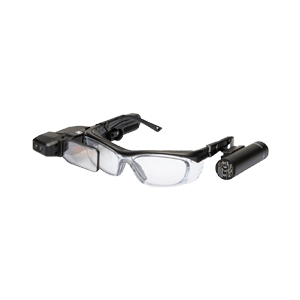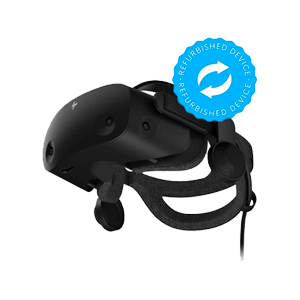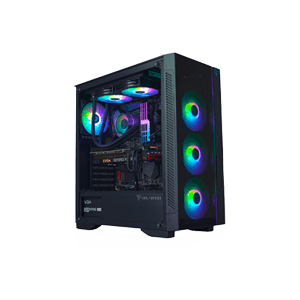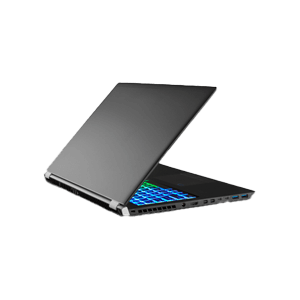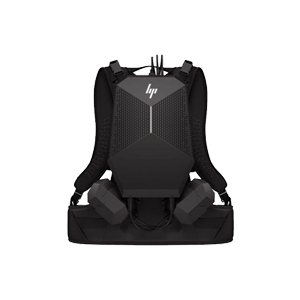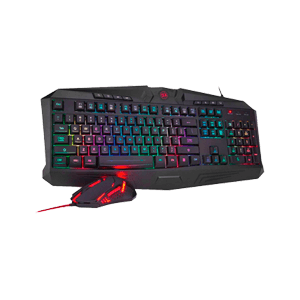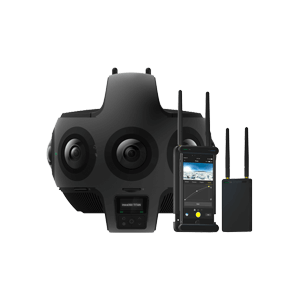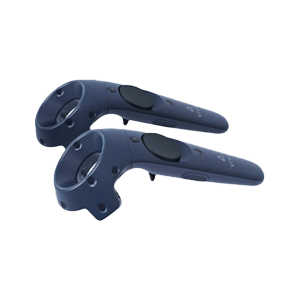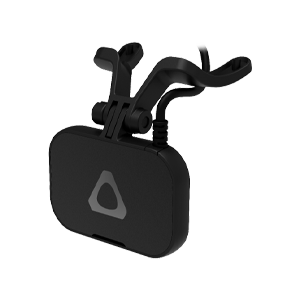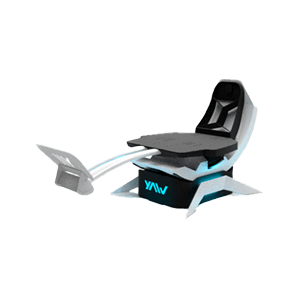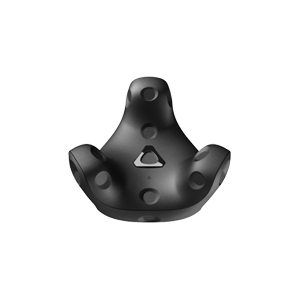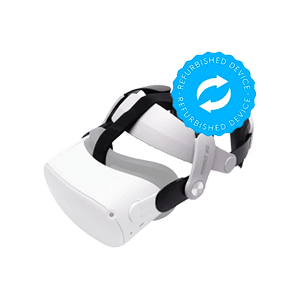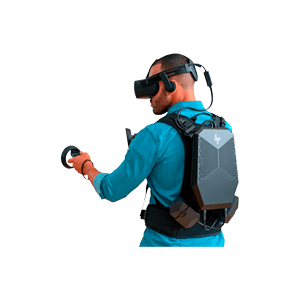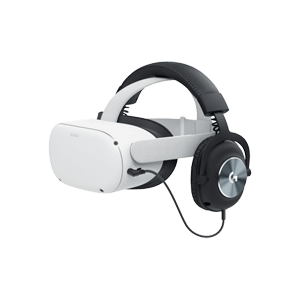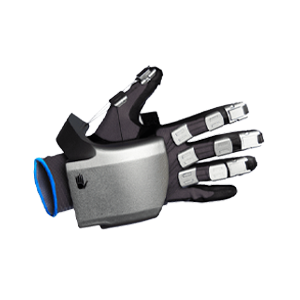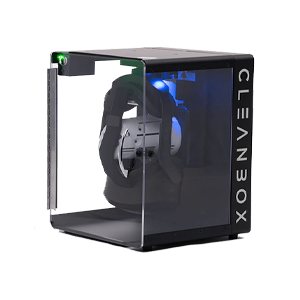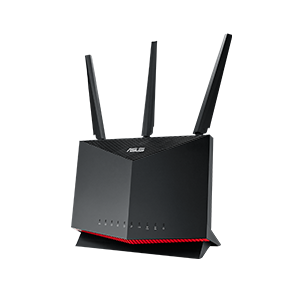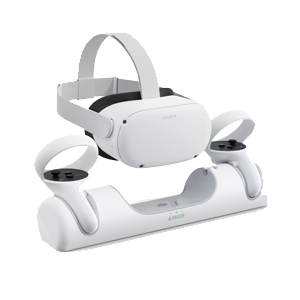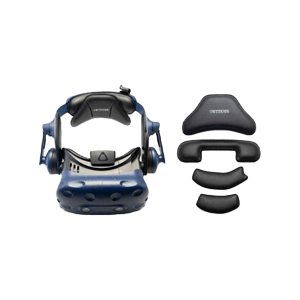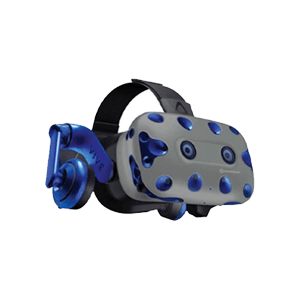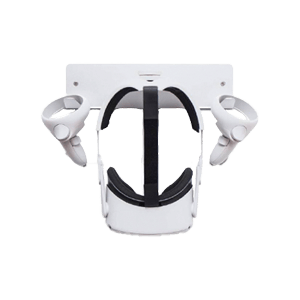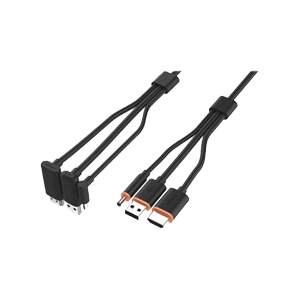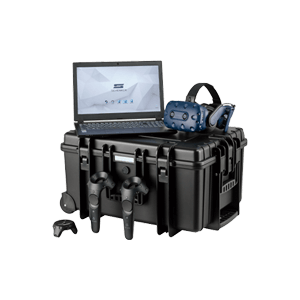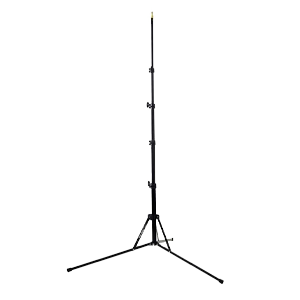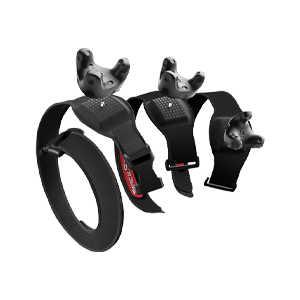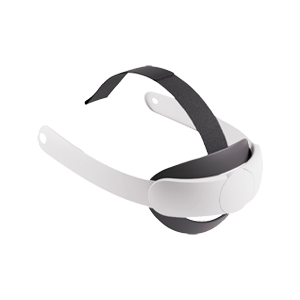What is Extended Reality?
In the world of technological innovation, we have seen an exciting evolution in immersive experiences in recent years. One term that is increasingly appearing in this context is "extended reality". You also often encounter it as XR. In this blog we delve deeper into the meaning of extended Reality and explain how this groundbreaking technology works to transport us to new virtual worlds and change our perception of reality.
Tip: View our offer for Extended Reality Assistant Reality
The meaning of extended Reality
Extended Reality is an umbrella term that refers to a combination of Virtual Reality (VR), Augmented Reality (AR) and Mixed Reality (MR ). It is a concept that blurs the boundaries between the physical and digital world through the integration of virtual elements into the real world and the ability to interact with this virtual content. In essence, extended Reality allows us to create new and immersive experiences that extend real-world with virtual objects, environments, and interactions.
How does Extended Reality work?
XR includes AR, MR, VR and any other technology in the field of creating virtual worlds. This even includes technologies that have yet to be developed. To better understand how Extended Reality works, we need to dissect the underlying technologies.
- Virtual Reality
- Augmented Reality
- Mixed Reality
Virtual Reality is a key component of extended Reality and allows users to become fully immersed in virtual environments. This is achieved with using advanced headsets equipped with with high-quality displays and motion tracking technology. The displays show realistic 3D graphics that respond to the user's movements, creating a sense of presence and interaction in the virtual world.
Augmented Reality adds virtual elements to the real world, giving users the ability to experience Information, objects and interactive content in their physical environment. AR is often achieved via smartphones, tablets or special AR glasses. with Using cameras and sensors, the device detects the real world and then adds virtual elements to the user's field of view. This can range from simple overlays of text and images to complex 3D objects that appear to exist seamlessly in the real world.
Mixed Reality combines the elements of both Virtual Reality and Augmented Reality to provide a more advanced and interactive experience. In Mixed Reality, virtual objects are placed and integrated into the real world in a way that is more convincing and realistic than AR. Users can with interact with these virtual objects and they can interact with physical environments. MR headsets, such as the Microsoft Hololens 2 use advanced sensors and cameras to scan the environment in real time and seamlessly integrate virtual content with into the real world. This allows users to grab objects, change them and perform other interactions. It is then as if these objects are physically present.
Extended Reality is therefore a group of technologies that pushes the boundaries of our perception of reality. By joining Virtual Reality, Augmented Reality and Mixed Reality, XR opens the door to endless possibilities in entertainment, education, training and professional use . with advanced hardware, software and development tools, the XR industry continues to evolve and we can look forward to even more immersive and impressive experiences in virtual worlds in the future.
Learn more about this subject?
Contact with us! Our specialists are happy to help you.
Send a message Check out our other blogs


